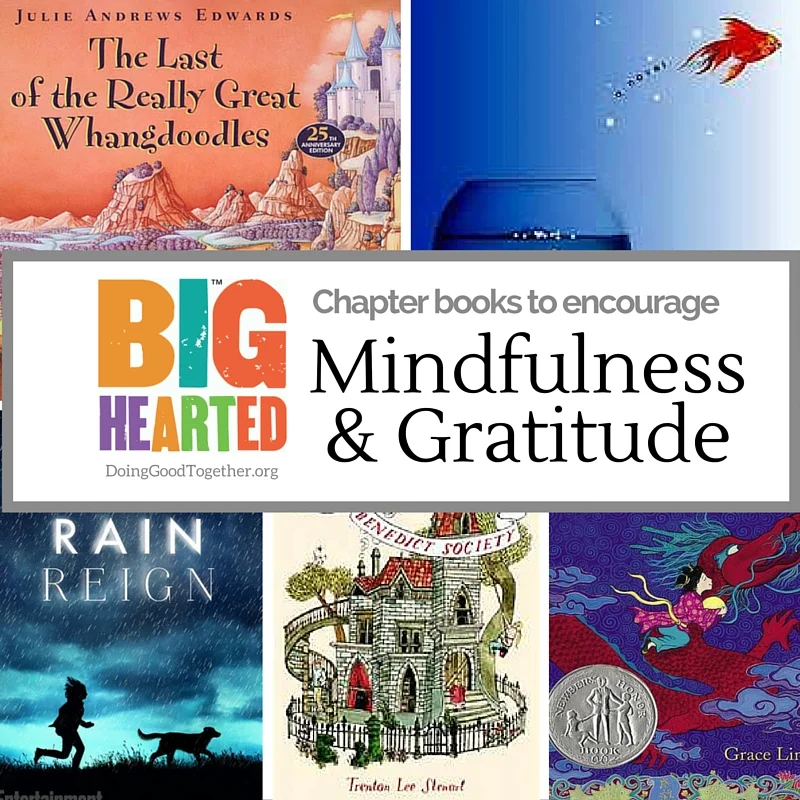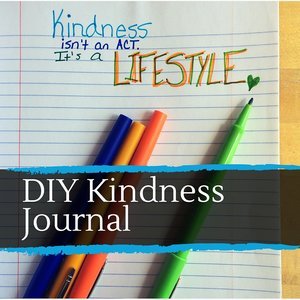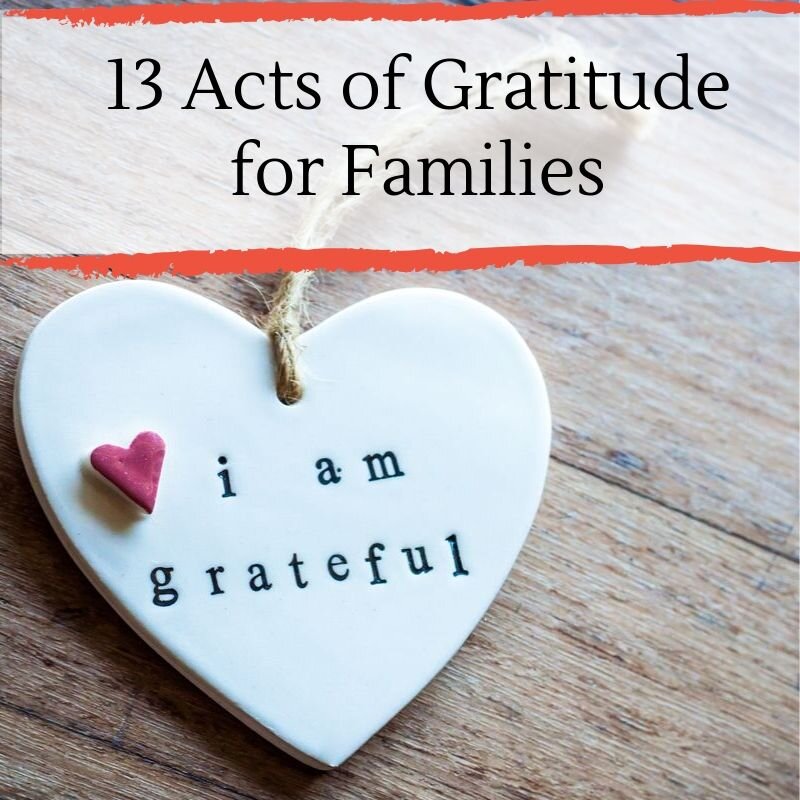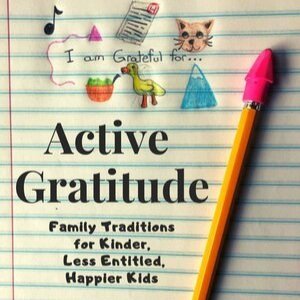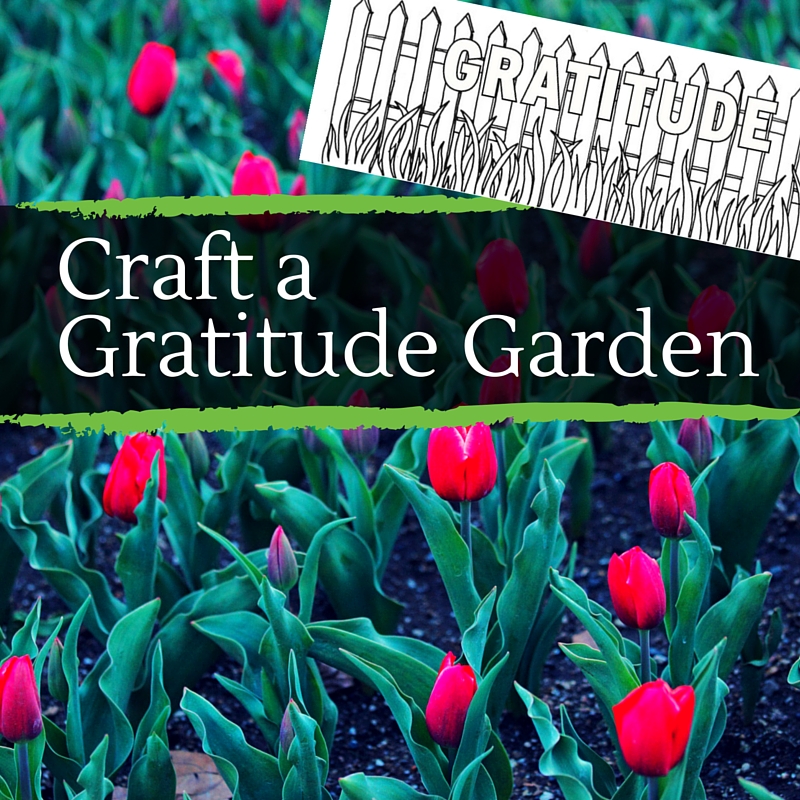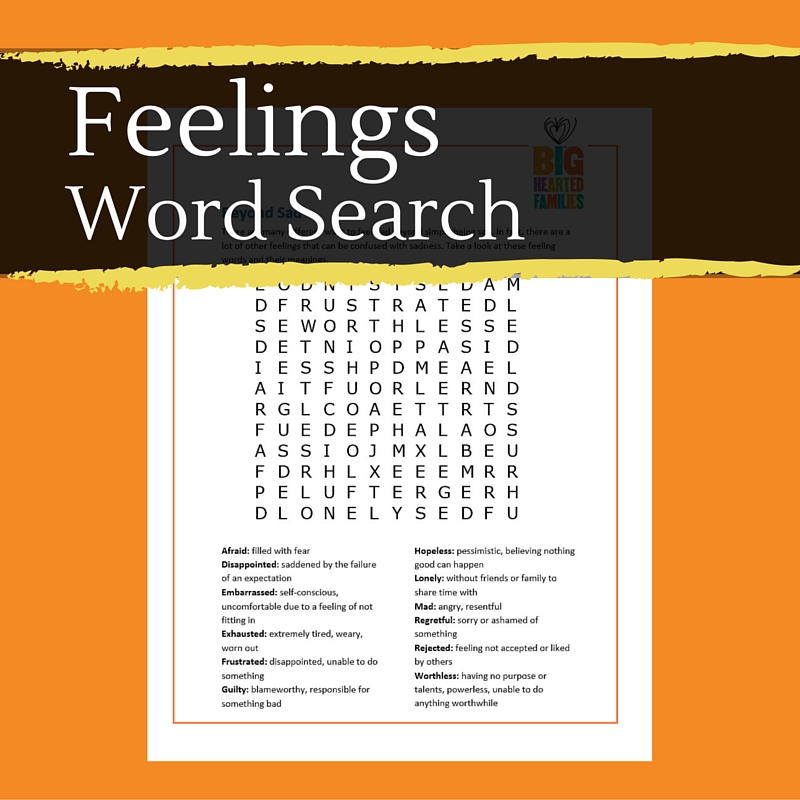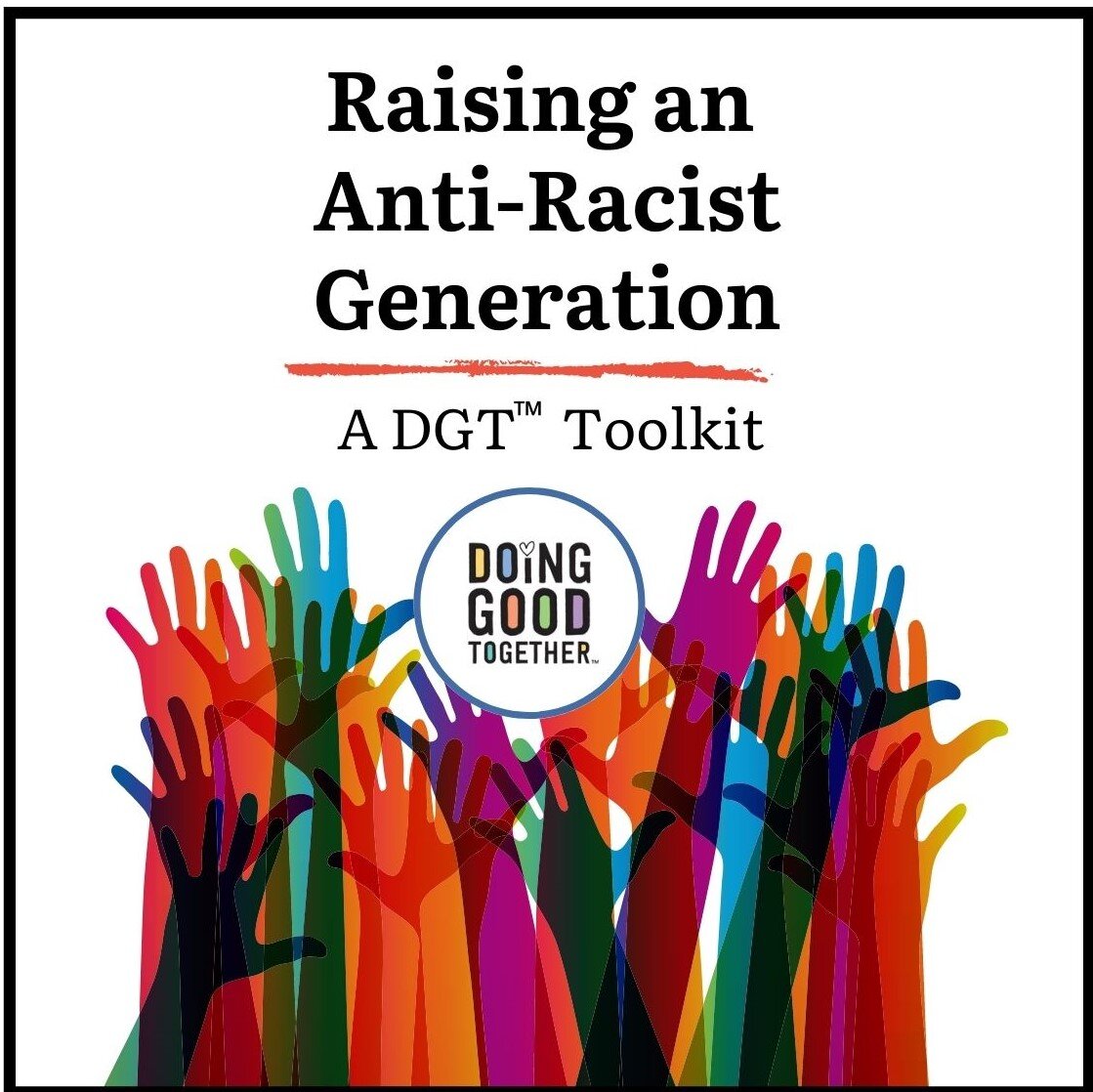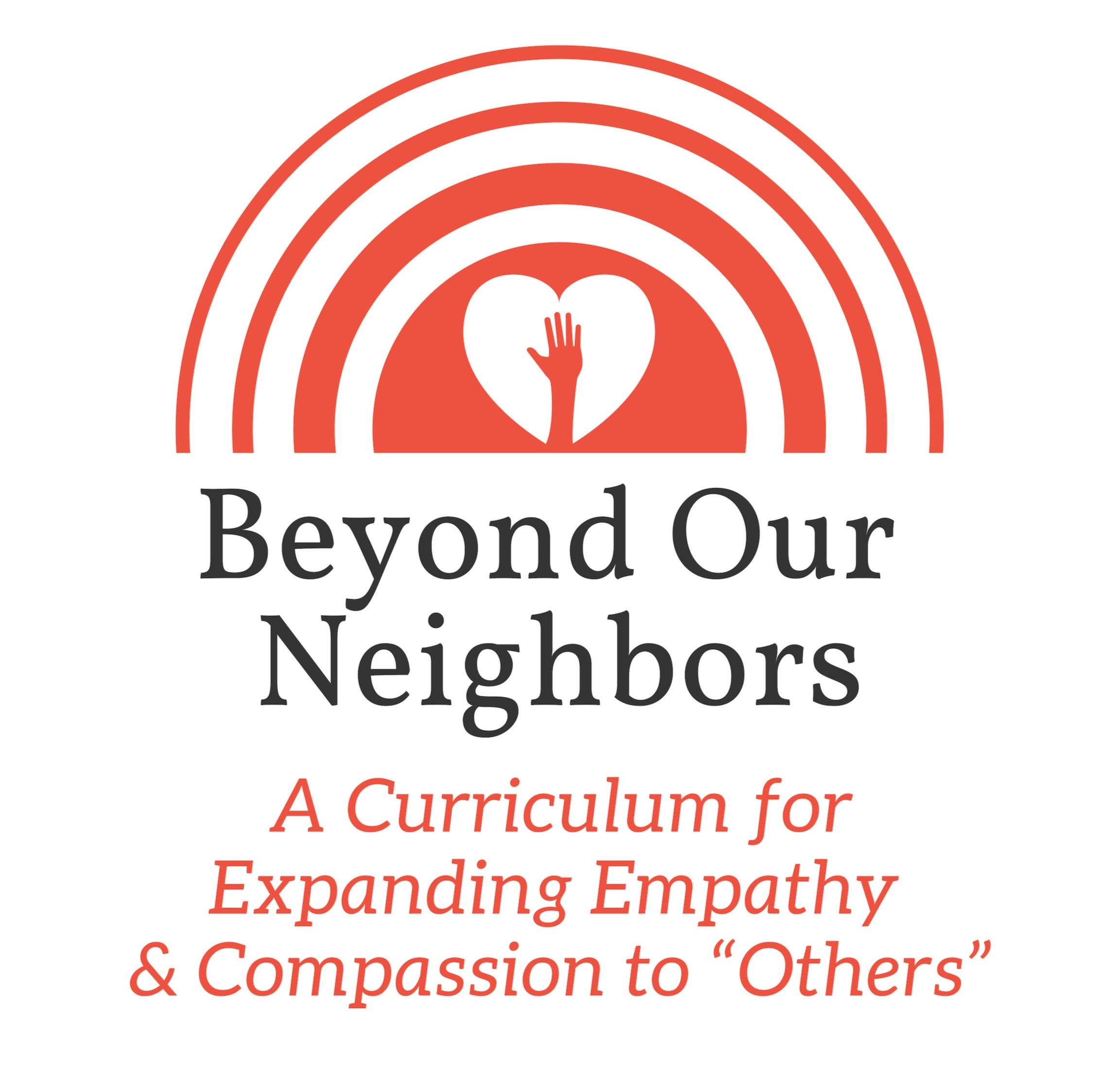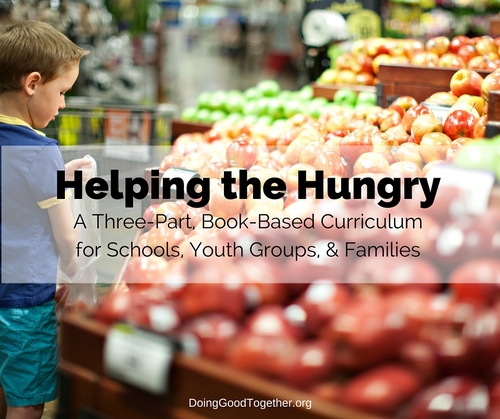Mindfulness -- or the practice of being fully engaged in and aware of the present moment -- is making news and topping resolution lists around the globe.
But achieving mindfulness amid a busy family life can seem nearly impossible. Too often, we race around completely mindless of the current moment, focused instead on the tasks and responsibilities that lay ahead.
Present moment living deserves a place near the top of our personal priorities. Research continues to demonstrate how mindfulness bolsters memory, lowers stress, improves resilience, and increases happiness.
Teachers are finding unique ways to teach mindful habits at school, habits that are demonstrably improving children's performance on exams and reducing bullying. Workplaces are incorporating mindful stress relief techniques in their training programs.
However, none of this is as easy as it sounds. I've been practicing meditation and mindfulness off and on for decades. I can tell you from personal experience, it's possible to meditate mindlessly. It's possible to pursue mindfulness mindlessly.
Unless we adopt healthy, intentional habits in our everyday family life, our best efforts at mindfulness will wind up like so many other things on our check lists: multi-tasked into meaninglessness, plowed through quickly, and crossed off before our goal is reached.
The goal of mindful living is a worthy one. We all know from experience the joy of "capturing the moment," of paying close attention. We all recall with fondness a certain sunset walk or snugly toddler's bedtime routine. We all know instinctively that engaging in the world around us with interest and curiosity is more satisfying than being wrapped up in our own mental to-do lists, fictional fears, or unfix-able regrets.
In different phases of my life, especially the various phases of parenthood, different practical tools have helped me achieve mindfulness.
Some of the resources below are staples in my family's life. Others I'm just beginning to teach my children thanks to the recommendation of some wonderfully creative experts.
Enjoy these 9 tools for a more grateful, calm, connected family.
Take Notice
Make simple, specific observations. This practical advice comes from artist and social psychologist Ellen Langer, author of Mindfulness and many other books on the subject. According to Langer, and my own personal experience, the instruction to be mindful and stay in the present moment can be far too abstract. In contrast, try using the following prompts during your next family dinner:
Notice five new things about the person next to you.
What were you grateful for today?
Brainstorm observations based on each of your five senses: name something you smell, see, taste, feel, and hear.
Ring a Bell
Try this practical breathing exercise. Find a peaceful place to sit with your child. Ring a bell, and take deep, meditative breaths while the sound slowly fades. Tell your child to raise his hand when he can no longer hear the sound. My four-year-old enjoys this practice immensely. Or sometimes he doesn't. Once he threw the wand at me!
The point is, my family takes time to practice this small ritual a few times each week, and it has helped my younger children learn to tap into their breath to calm themselves when they're frustrated.
Take a Hike
Time spent in nature can be restorative on so many levels. Bring some intention and mindfulness to your next walk in the park with these simple activities:
Share specific observations based on your senses. (See our tips to take notice above.)
Bring a notebook and draw or journal about something you enjoy during your hike
Gather treasures like leaves, pine cones, and stones (though take care not to disrupt living things)
Make Peace with a Daily Ritual
Make a “mindfulness peace treaty” with a regular routine. In his book A Pebble for Your Pocket: Creative Stories for Children and Grown Ups, Thick Nhat Hanh says that he has made a pact with the stairs. Every time he goes up or down, he does so mindfully, with awareness of each step and breath. If he rushes himself, he starts back at the beginning. Try this with your stairs or with brushing your teeth. Or the distance you walk from your front door to your mailbox. Decide as a family and give it a try. That way one short stretch of each day will be focused and mindful.
Journal
Writing or drawing in a journal each day will bring children and adults alike moments of focus and mindfulness. No matter how creative you think you are (or fear you aren't), building in time to let your thoughts wander on paper may become an enjoyable, meditative practice. Alissa at Creative with Kids offers a wonderful collection of kid-friendly art journal prompts, as well as meditative journal prompts for parents.
Dance to Your Own Beat
Put on your favorite music, clear the living room floor, and bust-a-move as a family. (Dim the lights if you must.)
Since our first child was born, our family has thrown off the stress of the day with a family dance party. In the beginning, it was one of the only ways to soothe our crying infant. During the toddler years, family dance parties kept the kiddos from climbing the book shelves. Now our older, rambunctious children often incite a wrestling match or a dance off.
In every case, the combination of music and movement has centered us all in the present moment.
Tell Stories
Like keeping a journal, storytelling requires focus on the present moment. Whether you're playing another round of robot-superhero-space-adventures (kudos to my four-year-old for launching that ongoing story line), or swapping tall tales with your children, storytelling offers moments of connection and mindfulness like no other. Here are some activities you may want to try:
Tell stories about your child when he or she was younger.
Tell stories about your own childhood or about your parents when they were younger.
Act out a favorite picture book.
Ask your child to share a dream they may remember.
Draw a picture, whether on paper or on the sidewalk with chalk, and tell a story to go with it.
Volunteer Together
Recognizing and responding to the needs of others is a unique way to practice mindfulness. Compassion is like gravity, it pulls your full attention to the needs of the current moment. Pick a project from our collection that suites your family's interest. When it's completed, use the reflection questions to consider the impact of the work you've done, the needs you've met, and how you've made others feel.
Or, if you've recently completed a volunteer project, reflect on your experience using our unique tools.
Read Together
Reading together has provided my family with some of our most loving, mindful, and memorable moments.
I know tired minds wander while reading a children's story for the hundredth time. And I know some evenings we would rather rush through story time to complete one last task before we fall asleep. But even on the tired nights, my husband and I make time to read to our children.
If we bring focus and attention to story time, amazing conversations can arise. I've responded to some of the most unusual, creative, and sometimes alarming kid-questions during bedtime stories. I've learned important things about my children's day. I've felt the rushed pace of my own day fall away.
To be honest, I feel more at peace after reading to my children than after I meditate. I'm in complete denial that my ten-year-old will one day out grow story time.
Check out DGT's favorite picture books in this our growing collection. Search for new favorites in our list of picture books that encourage mindfulness or chapter books about gratitude and mindfulness.
Or grab a copy of my very favorite storybook Buddha at Bedtime: Tales of Love and Wisdom for you to Read with Your Child to Enchant, Enlighten and Inspire by Dharmachari Nagaraja This book contains 20 modernized versions of ancient Buddhist stories. Most are full of whimsy and wonder, spurring on creative play, even as they teach about kindness, courage, and peace. Each story ends with a short restatement of the moral for reinforcement.
On the days when my family uses at least a few of these simple tools, I can feel the difference. I am calmer, more patient, and less anxious. My children are more open, less prone to bickering, and more patient. My marriage is more connected, more joyful, and more patient.
Which idea will you build into your family's routine.
Still looking?
Browse our collection of mindful projects, tips, and book lists.






